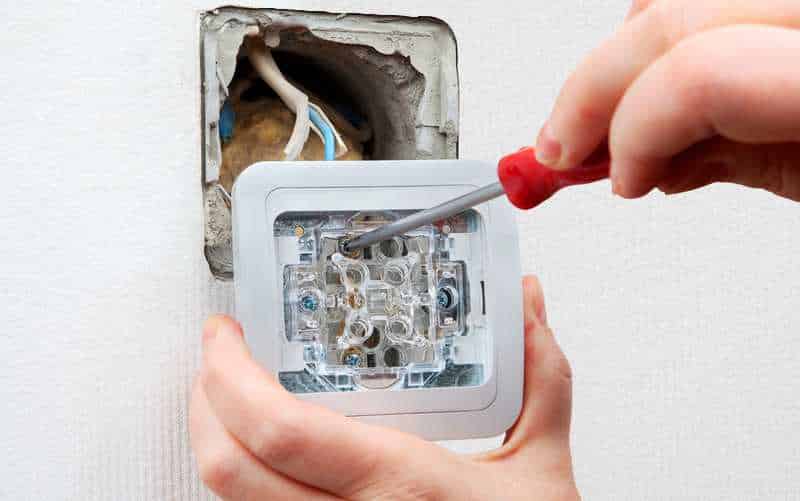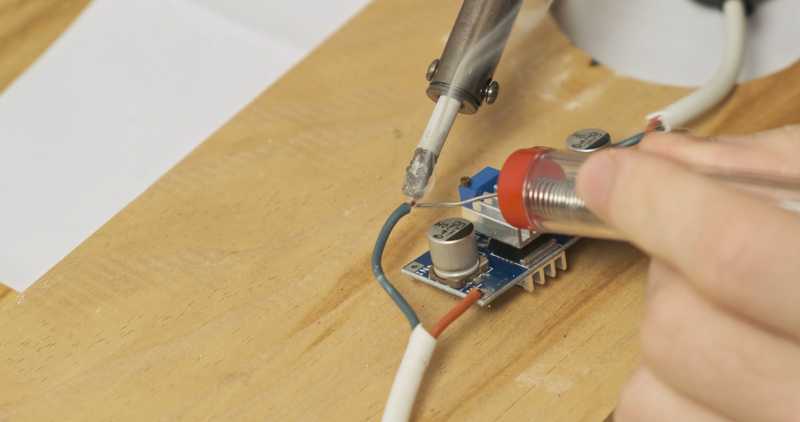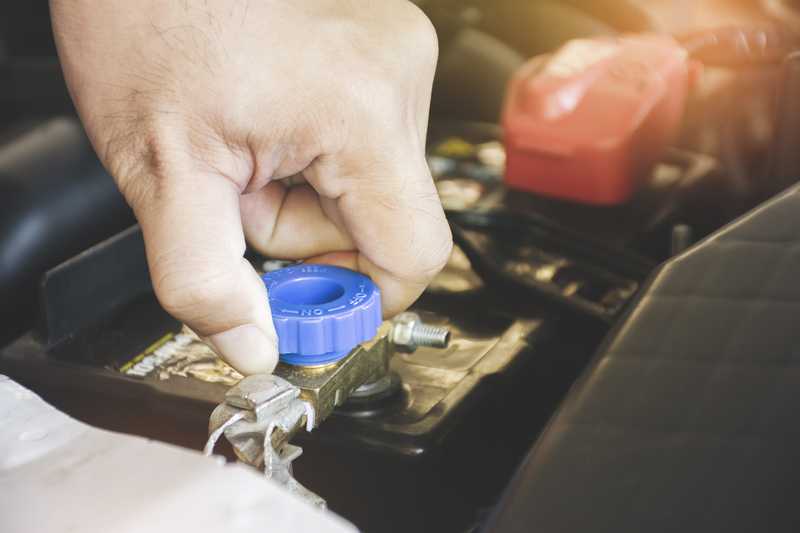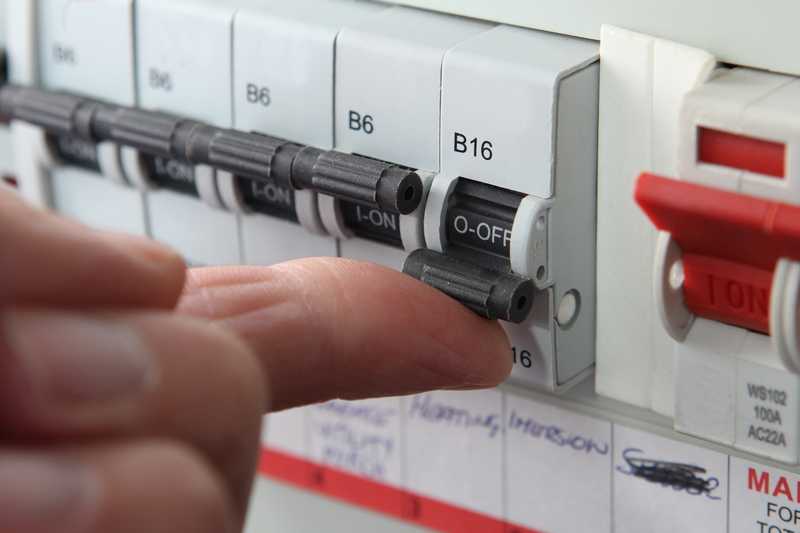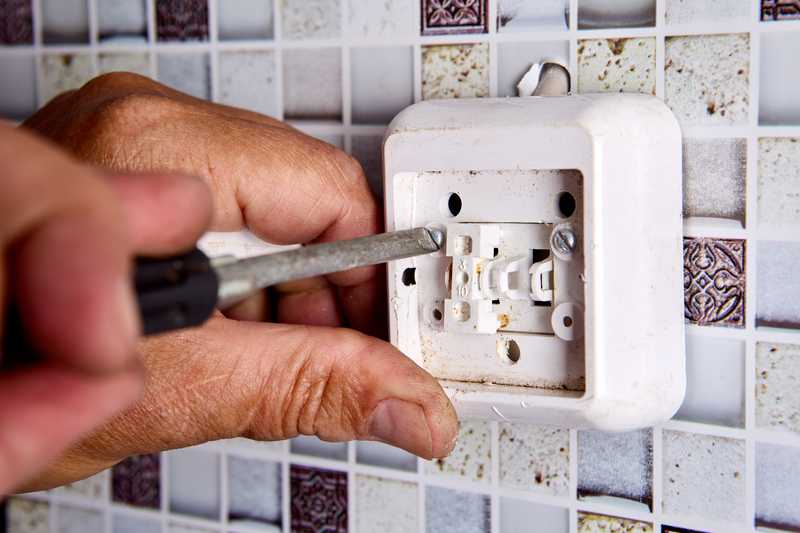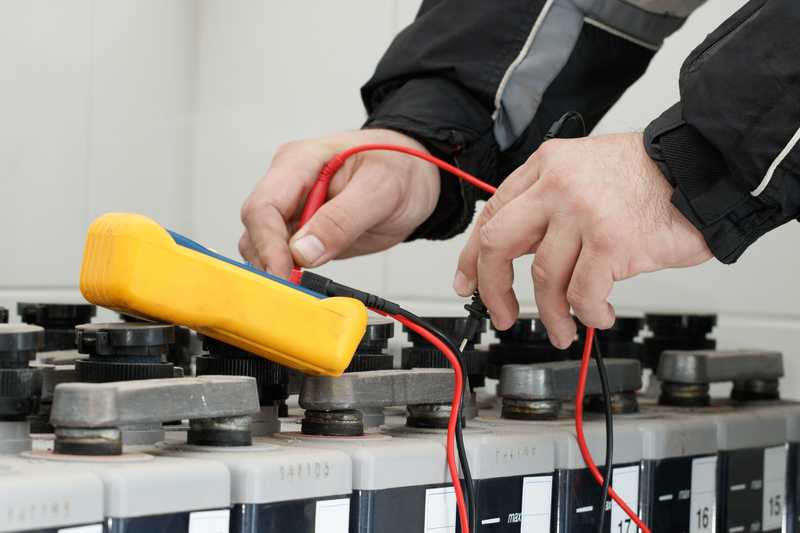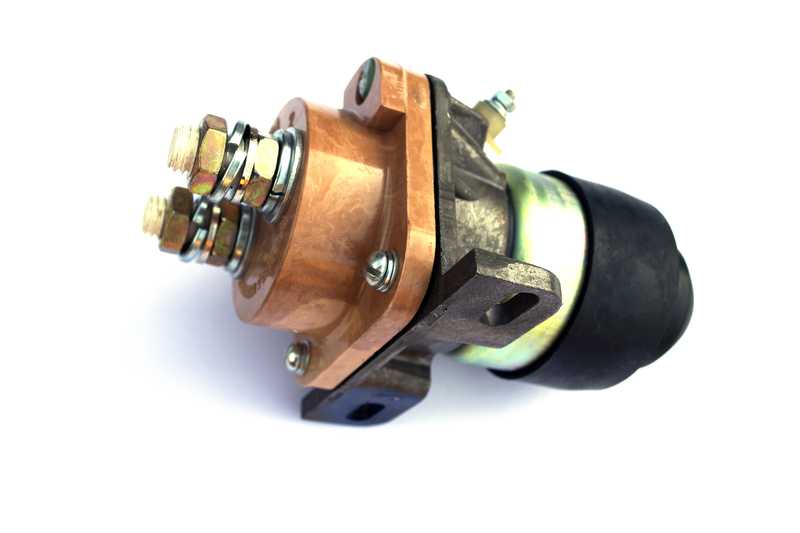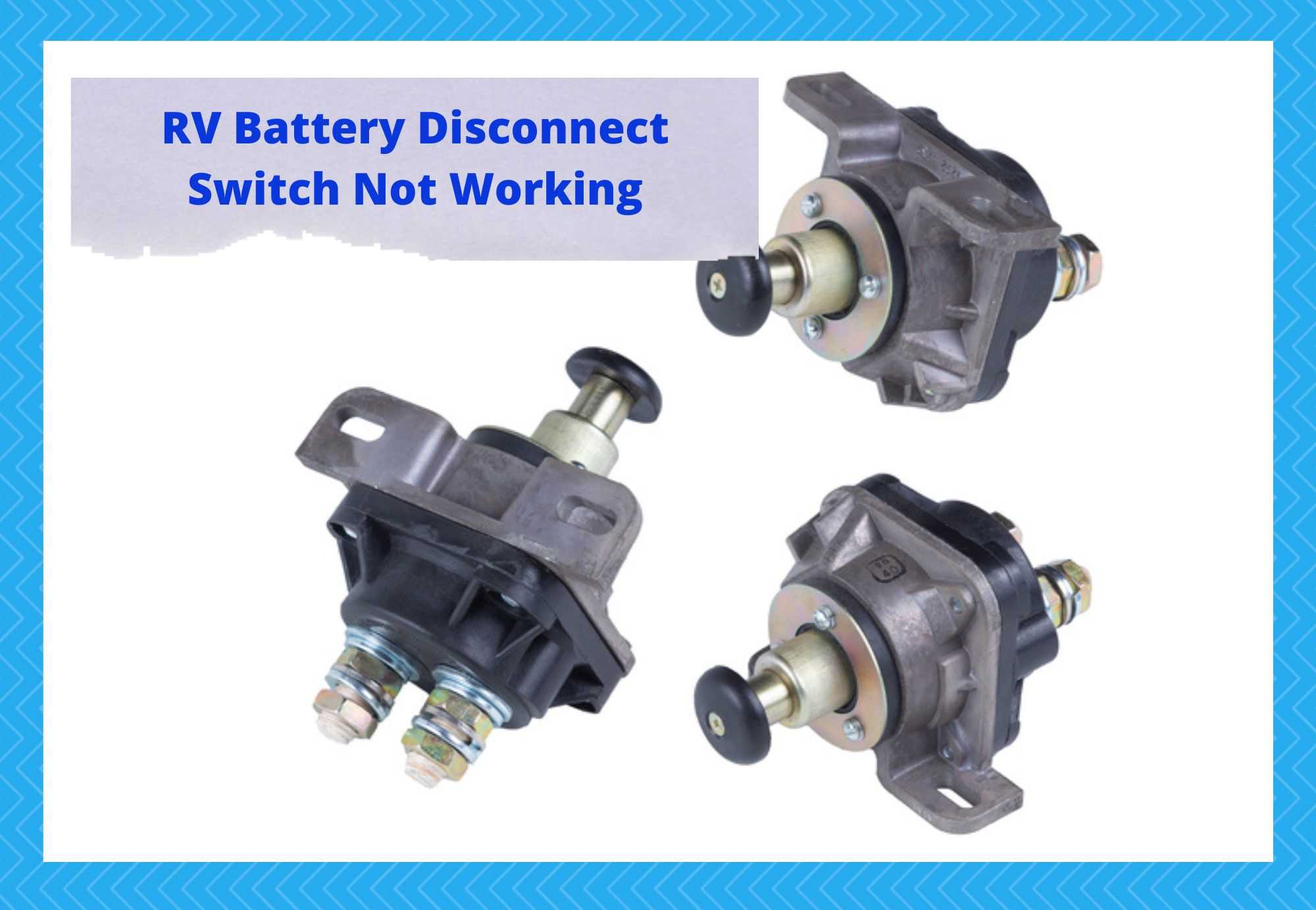
Introduction
Understanding the complexity of onboard electrical RV systems is not always necessary for RV enthusiasts and owners. However, it is sensible to understand some of the more fundamental safety features associated with the system.
Therefore, appreciating the function of the RV battery disconnect switch is vital. This is the main shut-off switch for the entire power system, which is an essential emergency off button during system adaptations and emergencies.
However, some RV enthusiasts have experienced the unfortunate circumstance of the switch failing to function as expected. Therefore, it is crucial that this issue is diagnosed and resolved as soon as possible. Read on to understand all of the likely causes of this disaster.
RV Battery Disconnect Switch Not Working
1. Installation Issue
The primary function of the battery disconnect switch, or isolation switch, is safety. Therefore, correct and accurate installation is a key consideration when an RV electrical system is being constructed.
The switch should be tested as part of a comprehensive installation process where there may be some key symptoms of installation failures. Most often, this will be the result of a lack of isolation. This is a serious issue but can usually be resolved relatively quickly.
Should the disconnect switch still allow electricity to pass through the cables, then there is one likely cause, cable crossover. The exterior switch may seem clean and effective, but it hides a complex combination of wiring behind it. So effectively, all of the positive cables in the RV run through the isolation switch connected to two metal rods.
The switch acts as a breaker in the cable that can block the current or allow it to pass freely. However, if too many cables are connected or they are attached improperly, then there is a risk that the cable connects both of the rods, which effectively bypasses the switch.
This problem is common and most often associated with the incorrect initial installation. In this instance, it is recommended that the power source, be it battery or mains, is disconnected at the source, which will kill the electrical energy and allow safe adjustment to the rear connections of the switch.
2. Too Hot to Handle
The nature of electrical currents and energy will encourage heat to generate as a current passes through the wiring. This is a well-understood principle of electrical energy and is correlated with the volume of electrical current being passed at any time.
The gauge or width of wires used plays a vital role in the heat generation of wiring. A thin wire with a large current will cause the wire to overheat and potentially catch on fire. Therefore, more giant, more expensive wire tents are recommended as a means of excessive heat prevention.
However, the disconnect switch tents have a feed of several cables latched to the same rod. Although each cable is not hot on its own, when their currents are combined, it can produce excessive heat. This head can wreak havoc with the electrical current and the physical mechanisms of the switch.
Often this is the result of a fuse box not operating properly and allowing too much current at one time. Therefore, it is vital to minimize all heat retention in a system and follow recommended cable guidelines. Otherwise, it can produce severe problems for the RV battery disconnect switch.
3. System Condition
Exposing the internal mechanism of an RV to long driving conditions can effectively develop issues over time. For example, excessive vibrations reverberate throughout the RV living space during transportation, which can agitate electrical connections, shaking them loose over time.
Therefore, it is essential that the key connection points are inspected and tightened over time.
Moreover, RV owners must be aware of the battery connections and their fastenings. Effectively, it is crucial to know if the battery connection points are secure as this can compromise the effectiveness of the disconnect switch, which will fail to provide an electrical current to the RV.
4. Live RV Body
Installing an electrical system is no doubt a significant and complicated task. As part of the system, there must be an abundance of safety mechanisms for a variety of dangerous or damaging implications.
However, at times these diligently designed and installed elements fail, which can create unusual conditions which create unusual electrical scenarios.
Should the disconnect switch not work, failing to isolate the electrical current occasionally is the result of a more serious situation.
Some RV owners had noted that when their disconnect switch failed to stop the electrical current to their appliances, it was due to a dangerous scenario that effectively electrically charged the cassie and, by extension, the entire vehicle.
This is an uncommon scenario and is typically the result of improperly installed batteries or mains hook-up that is charging the vehicle and the devices within it by bypassing some of the cablings. In this instance, it is crucial that all electrical power is removed and electrical professionals deal with the source of the problem.
5. Faulty Switch
If all the typical culprits are inspected and rectified, and the switch is still not operating, then there may be a more fundamental problem. Most of the switches are primitive on/off-style controls with no lights or displays. Therefore, when they develop an internal fault, it can be challenging to diagnose and identify.
Should all of the above reasons be eliminated, then the switch itself might be faulty and need to be replaced. However, in most instances, this is a reasonably simple and cheap task that can be done by the RV owner.
6. Fried Electrics
RV power supplies have been around for years but have recently experienced a number of changes and technological advancements. Often modern RVs utilize large onboard leisure battery equipment, which can be used in conjunction with a mains hook-up and solar panels.
Electrical power has innovated to keep up with the increasing demand for complex technologies within RV configurations. This mix has contributed to a vast array of new electrical territory for electrical systems and appliances alike.
The more volatile source of energy is a significant factor that creates an environment more prone to unintentional electrical spikes.
These spikes are synonymous with frying electrical systems and appliances without warning. Therefore, it is essential to appreciate that there may be a greater electrical system fault rather than a poorly operating switch.
Conclusion
An RV Battery Disconnect switch is a vital safety feature that should be present in all RVs. This key safety mechanism is designed to allow and block the flow of electrical energy at the discretion of the operator. Although this is a simple mechanism, several scenarios can result in this switch’s failure to operate correctly.
As detailed above, there are several possible causes that can cause the switch not to function, which are largely related to more serious system faults. Therefore, it is essential that an experienced or qualified individual carries out any effort to rectify these issues.
In doing so, it guarantees the safety of all those on board and safeguards against more serious electrical faults from occurring.

